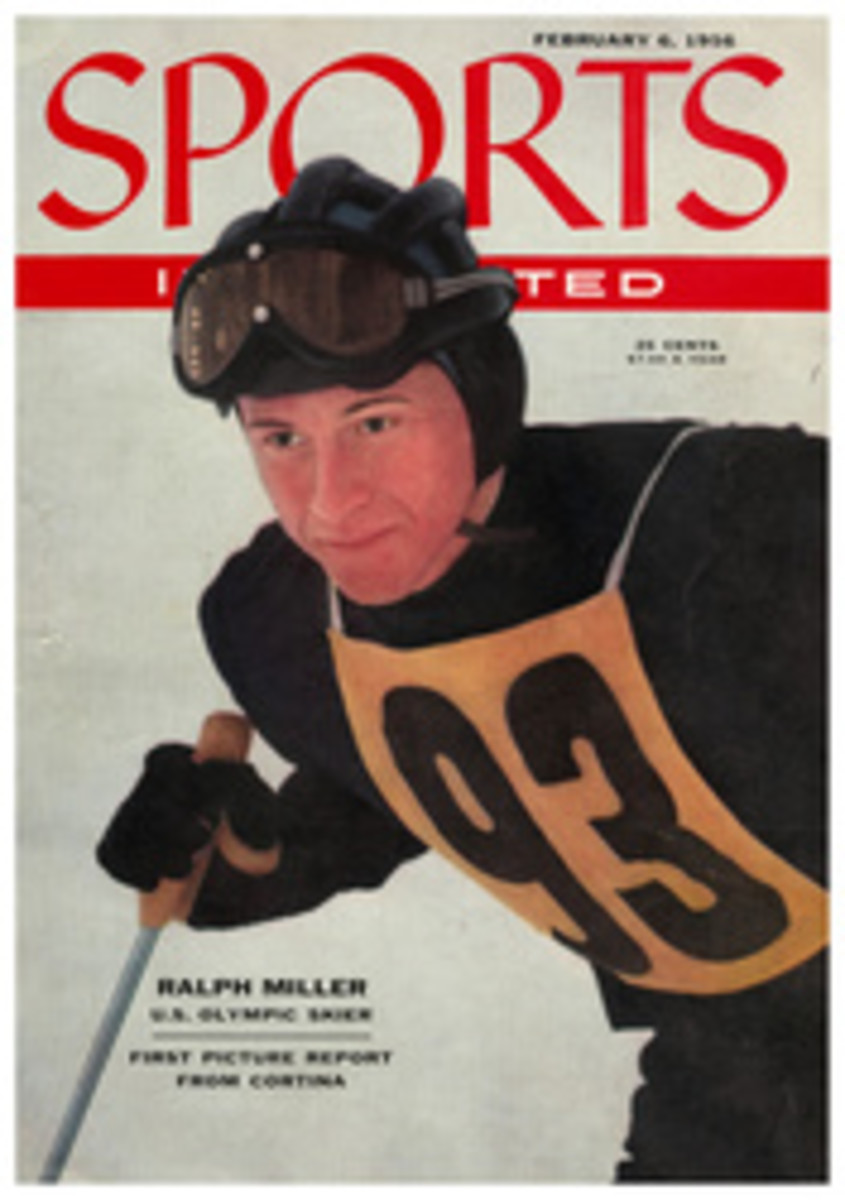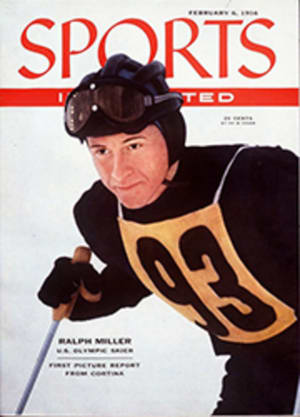
HANDLING ICE AND HARD SNOW IS ONE OF SKIING'S HARDER TASKS. STOWE'S SEPP RUSCHP GIVES A FEW POINTERS TO MAKE IT EASIER
The first requirement for skiing on ice and hard-frozen snow is to have two pairs of good, sharp edges under you. The floundering around that many skiers experience in icy conditions can often be traced to edges which have not been filed recently.
The second requisite is that your boot heel be tied firmly to the ski. A boot twisted out of line with the ski results in loss of control, and control is most important on ice. Make sure your cable is tight and that the rear cable guides are set back to the beginning of the boot heel.
If you come to a long stretch of glare ice, my advice is not to ski it unless you can see snow beyond. In that case, let yourself slide over the stretch without fighting the ice in order to maintain your regular stance. Then you will be ready to make your control turns when you hit snow. Keep your skis fairly flat as you approach the snow or the slowdown will throw you.
When the ice is in smaller patches, the more advanced skier can take the terrain in a more stylish manner by skiing at a fairly good rate and by staying close to the fall line. Style is less affected by ice patches when the skier takes them quickly.
For conditions described as "frozen granular," when the snow approaches iron hardness, you can ski in fair comfort by emphasizing your normal style. You have to make sure that you are skiing far enough forward or your skis will leave you behind very fast. Your weight must be almost completely on your downhill ski in a traverse, and on the outside ski in a turn. In a schuss, separate the skis several inches and bring the knees together slightly to make the skis run on the inside edges for more control. Don't use this technique unless you need it, since it is not a normal stance.
PHOTO
SEPP RUSCHP

